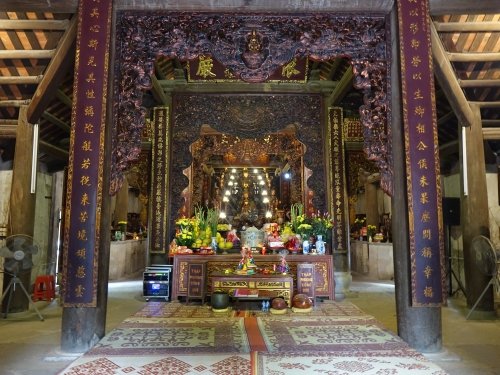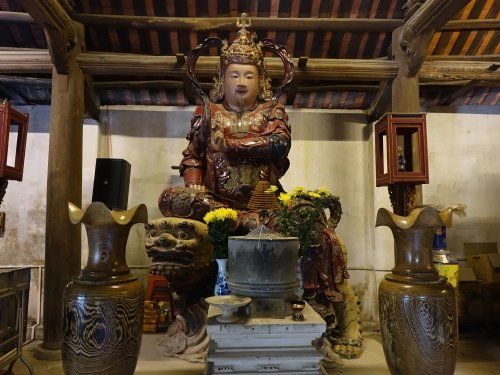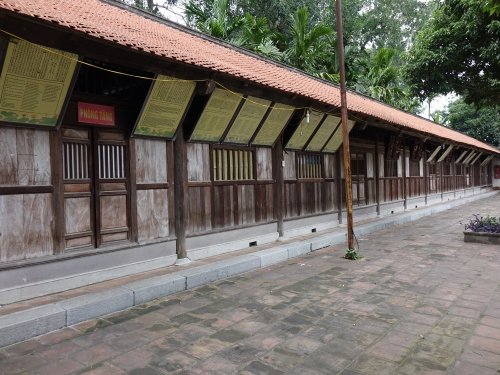First published: Sat 05 Jan 2019.
Els Slots
Yen Tu: Vinh Nghiem Pagoda
Comments
4 comments
Kyle Magnuson
6 years, 10 months ago (Jan 4, 2019)
Wow! This sounds like a place deserving of world heritage status. I hope all components are as noteworthy and the dossier is completed to the Advisory bodies satisfaction.
Reply
Els Slots
6 years, 10 months ago (Jan 4, 2019)
Unfortunately I think this is the best location among the many of this TWHS. It is a very unfocused nomination. There are natural components as well (waterfalls, sacred mountains) but the landscape near this pagoda was typical rural Vietnam - flat with rice paddies.
Kyle Magnuson
6 years, 10 months ago (Jan 6, 2019)
One wonders if Vinh Nghiem Pagoda could not be inscribed alone, much like Haeinsa Temple? Or perhaps with a smaller collection of components. Yen Tu seems to be following the route of Trang An. The Advisory Bodies did not seem fully on-board the first time, I expect a similar conclusion, perhaps still ending with an inscription.



